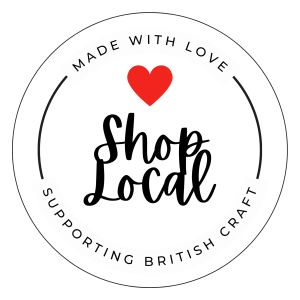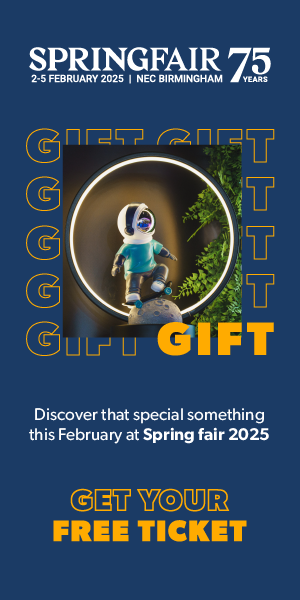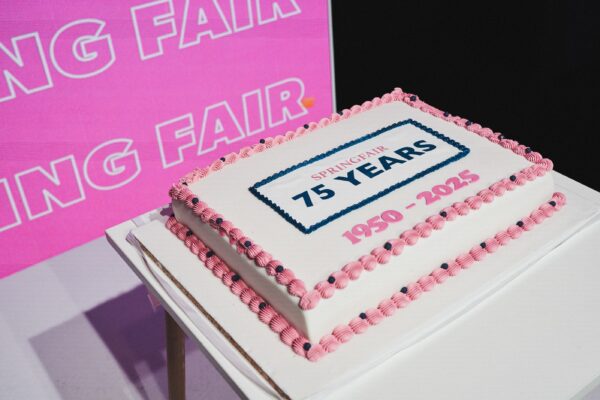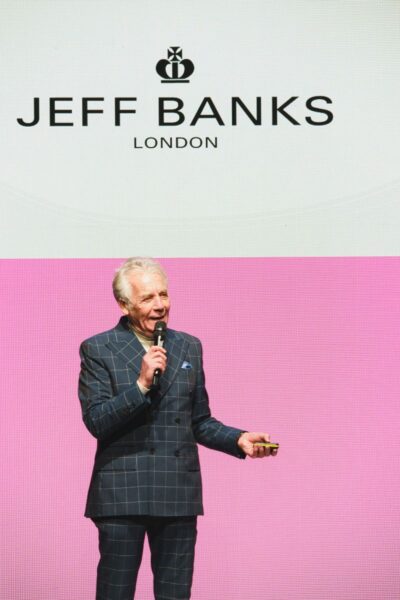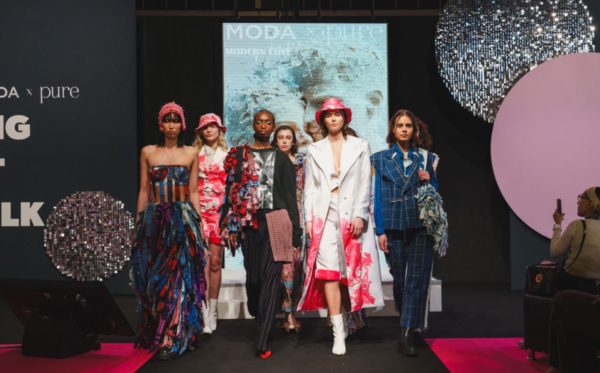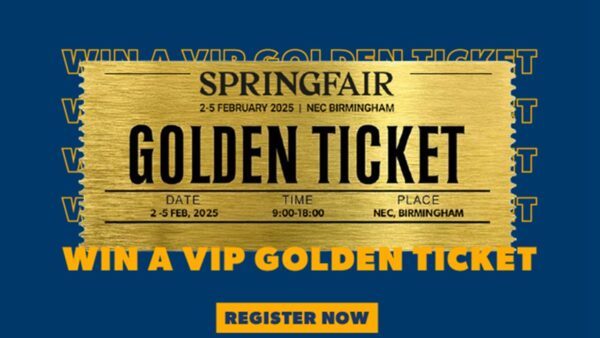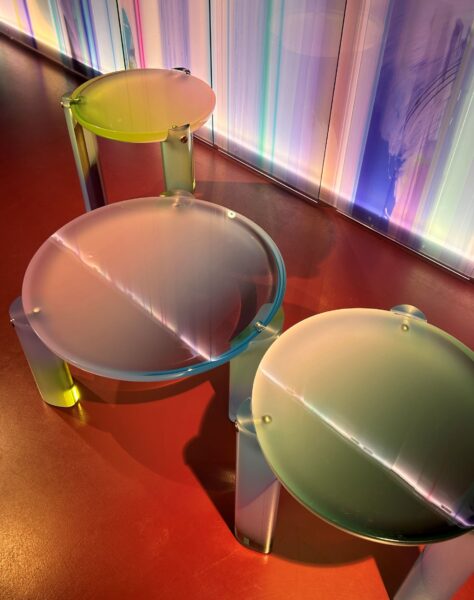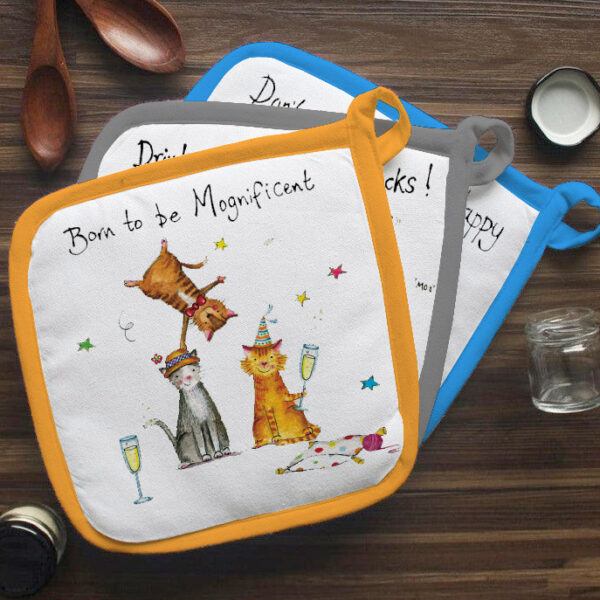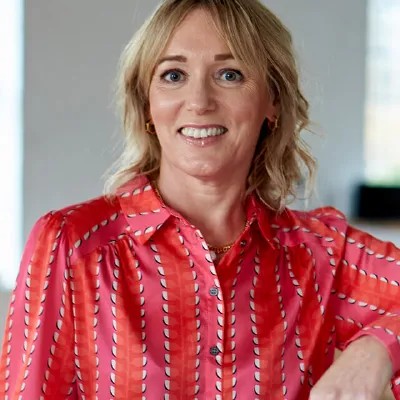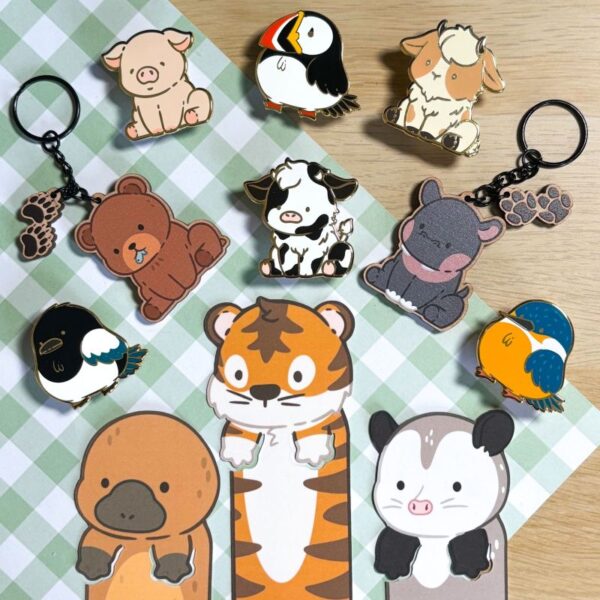We are enjoying browsing Spring Fair @Home as it opens for business today. As well as browsing the wonderful product selection we found time to catch a seminar in the excellent content studio, where Timothy Bush, Founder of TLB Consulting, was sharing advice on selling to the USA.
Timothy explained some of the key factors US buyers will be looking for when you turn up to pitch your products: They want a good sales story, a product or range that is verifiably unique, flexibility from you as a potential supplier, margings and and increased category sales, it is important you are able to explain how your product will drive additional customers to their cateogry.
Pictured top, The Great British Bee Co., pictured below, Chic Antique, Sabivo Design, the Carat Shop, Kate O’Brien Art, Cushy Paws





In a conversation with a buyer it is important to understand that you are there to help them achieve their goals and if you’re focused on yourself it won’t help you make that vital connection.
Timothy then detailed what you should avoid saying. Firstly, do not say ‘No’! If you say ‘no’ it means they can disqualify you and they’re often looking for reasons to do just that if they have a lot of supplier meetings to get through. A key question might be, hey do you have a distributor in the US? Don’t say no, even if you don’t have one, skirt the question. Your goal is to create genuine interest. So say, “well, before we talk about distributors or logistics, I’d like to know if you are interested in my product”. If they say they are, you need to figoure out how to sell it to them and you can address the distributor question – ask them who their preferred distributor is and ask them to say they are interested in your products in their reply email. This way you have a big chance of not only getting a US distributor but a surefire client.
Pictured below: Deckled Edge, Cheney Posey, T&G Woodware, Tache Crafts and Home County Candle Co.





Also avoid just reading from your presentation – you know your product and they want to feel your passion for it, they can read through your presentation later to check on details. For the same reason you should avoid showing a video. Another no-no is attempting to sell the buyer your product as if they were a consumer; you need to be selling them an opportunity and showing them how they can make money from what you are offering. What you should be doing is showing THEM how to sell your product to THEIR consumers.
Pictured below: Ven Aesthetic Creations, Retreat Home, Marissa Gifts, Malini, Bree Meryon Art,





What yo ushould also be doing is explaining what makes your product different to anything they might have seen or bought, work those USPs! Pricing is another vital question and US retailers will want to sell whatever you bring at around ten times what it costs you to make. When it comes to pricing they only care about their margin, they don’t care how much money you will be making so you need to think about this question very carefully. Don’t let slip that you have built certain things into the pricing, even if you have and think ths is a plus point, as they might try to get you to take it out! So don’t jump the gun or quote prices before you truly know and understand what it is they really want and expect from a deal with you.
Tim also had advice to share on packaging, saying it was all about three key points: The WOW, the HOW and the NOW. Packaging is vital. You have an average of about ten seconds to capture consumer attention on the shelf so these three key points are essential. What will stop a customer in their tracks in front of your product, what on your packet explains what your product is and does and will make them read. Lastly where is the ‘now’, the call to action, to get the product in the bag.
Pictured below: Ling Design (Penny Kennedy Collection), Ronin Designs, Dolly Hotdogs, Arran Sense of Scotland, Crumble and Core, Birch & Yarn






Tim was asked by a member of the audience whether they should offer exclusivity to seal the deal? Tim didn’t believe this was necessary, saying, “Today, unfortunately, buyers don’t want this…” He explained that whilst exclusivity was important in the past, nowadays it is not such an attractive proposition and many buyers would rather see someone else blaze a trail and raise the brand profile before taking the plunge with it themselevs. “They are more concerned with following in the footsteps of successful launches”.
Someone else wnated to know if there are any cultural cues they should look out for from US buyers? The main point Tim sees here is that American buyers want to get down to business, so drop some of the niceties and small chit chat you might lay on for British or other European buyers. On the other hand, don’t forget that part of your product is YOU so be yourself, don’t be afraid to show your character.
If he had one big tip as a takeaway it would be: BE FLEXIBLE!
Pictured below: Alex Sharp Photography, Black Hen Designs, Find Your Glow, Rebecca Sproston, Kate Sproston, Samuel Lamont, Dora Designs











